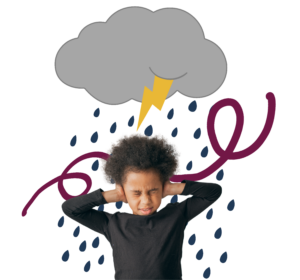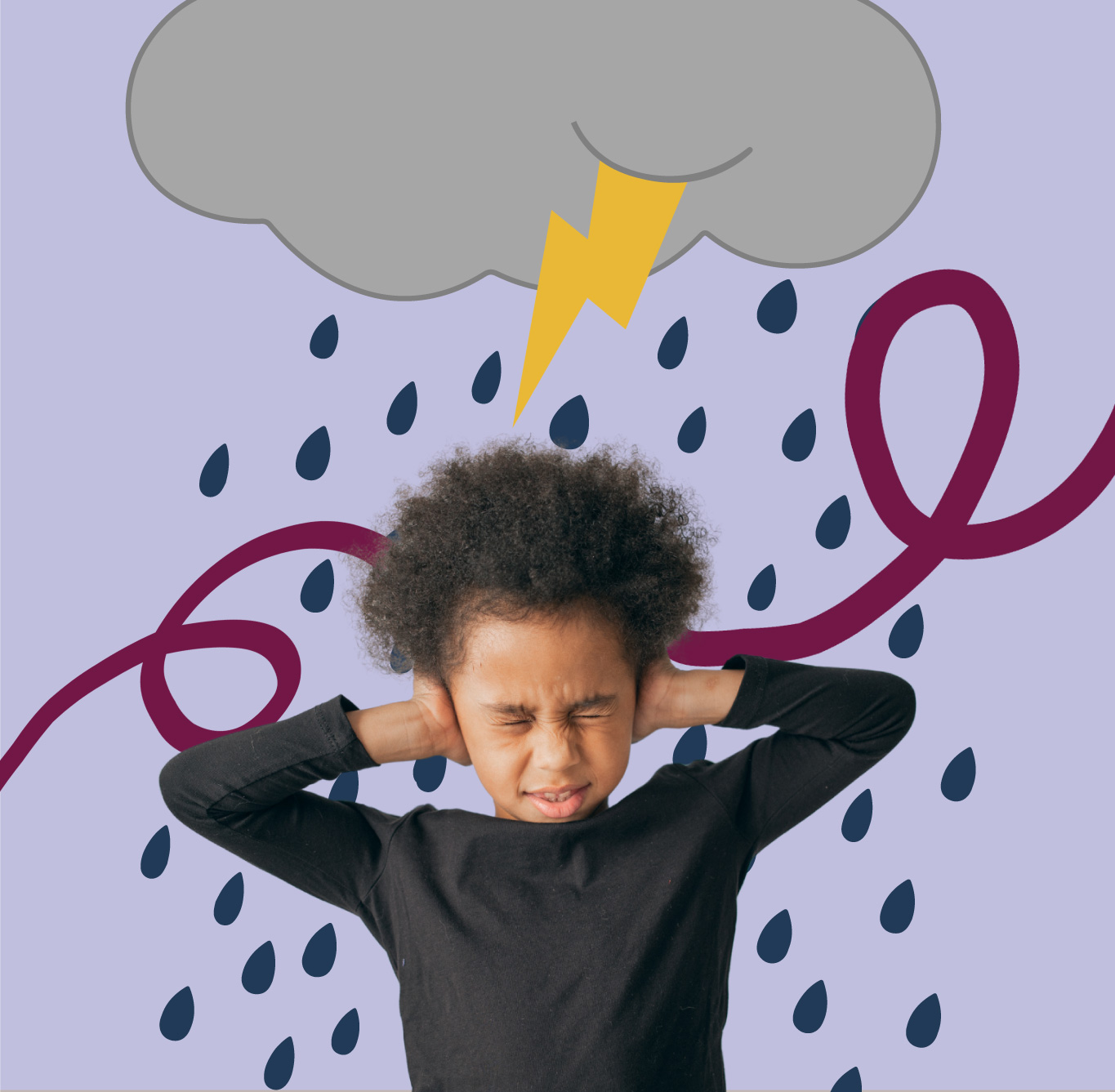In the school setting the effects of trauma can be profound, influencing not just a student’s ability to learn, but also their behavior and interactions within the classroom. Trauma can originate from various sources: family issues, abuse, neglect, violence in the community, or even traumatic global events. Understanding the impact of trauma on student learning is crucial for educators, administrators, and support staff to foster an environment conducive to healing and learning.
How Trauma Affects Learning

Trauma affects students in a multitude of ways, primarily impacting their cognitive functions. It can lead to difficulties in concentration,memory, and decision-making. Students exposed to traumatic events, their brains often shift into a ‘survival mode’, prioritizing immediate safety and basic needs over complex thinking and learning, which can manifest as:
- Reduced Cognitive Capacity: Traumatized students may have trouble processing new information or retaining what they learn.
- Disrupted Attention: Difficulty in maintaining focus can make learning new tasks or staying on task challenging.
- Emotional Overwhelm: Intense emotions can interfere with the ability to engage in learning activities or interact productively in a classroom setting.
Behavioral Manifestations
Students dealing with trauma might also exhibit various behavioral changes, which can include withdrawal, aggression, or hyperactivity. These behaviors are often misinterpreted as disciplinary problems rather than cries for help or signs of underlying distress. Recognizing these signs can lead to better-tailored support strategies, such as:
- Creating a Safe Environment: Schools can implement structured routines and clear expectations to create a feeling of security.
- Incorporating Trauma-Informed Practices: Educators trained in trauma-informed practices are equipped to recognize and respond to trauma-related behaviors effectively.
Strategies for Supporting Students
Supporting traumatized students requires a concerted effort to integrate trauma-aware strategies into the daily routines and policies of schools. Some effective approaches include:
- Building Strong Relationships: Establishing a safe and trusting relationship between students and teachers can significantly mitigate the effects of trauma.
- Integrating Social and Emotional Learning (SEL): SEL helps students develop crucial skills such as empathy, resilience, and self-regulation.
- Professional Support: Access to school-based mental health professionals can provide necessary interventions and support for students experiencing severe trauma.
 Public health nurses at Spokane Regional Health District (SRHD) developed this 1-2-3 Care: Trauma-Sensitive Toolkit for Caregivers of Children. Caregivers are defined broadly to include parents, grandparents, childcare providers, teachers, and others who care for children daily. Recent advances in the understanding of how early childhood experiences shape the way the brain works over the lifetime reveal just how critically important the job of caring for children is. It turns out that the brain grows and develops differently in response to nurturing versus traumatic environments. Experiences beginning at birth affect physical, mental, and emotional health over the lifetime. When these experiences are traumatic and sustained over time, the impact on the brain makes it more difficult to build lasting and meaningful relationships, to learn, and handle stress.
Public health nurses at Spokane Regional Health District (SRHD) developed this 1-2-3 Care: Trauma-Sensitive Toolkit for Caregivers of Children. Caregivers are defined broadly to include parents, grandparents, childcare providers, teachers, and others who care for children daily. Recent advances in the understanding of how early childhood experiences shape the way the brain works over the lifetime reveal just how critically important the job of caring for children is. It turns out that the brain grows and develops differently in response to nurturing versus traumatic environments. Experiences beginning at birth affect physical, mental, and emotional health over the lifetime. When these experiences are traumatic and sustained over time, the impact on the brain makes it more difficult to build lasting and meaningful relationships, to learn, and handle stress.
By caring for children in a way that is sensitive, kind, and respectful, yet firm, caregivers make a difference by literally changing the geography of children’s brains, thereby helping them live healthier and more productive lives. Through everyday interactions, caregivers can invite children to be their best selves and help them reach their intellectual potential.
Compassion Drives Performance
The impact of trauma on learning is significant and requires a thoughtful, compassionate response from our learning communities. By adopting trauma-sensitive practices, schools can not only enhance learning outcomes for traumatized students but also contribute to a more supportive and effective learning environment for all students. As we continue to understand and apply insights from trauma research, we pave the way for more resilient and thriving learning environments.
Learn more about how your team can make an impact in the classroom. Pick up a copy of the latest edition of the best-selling book, Leading Impact Teams: Building a Culture of Efficacy and Agency by Dr. Paul Bloomberg and Barb Pitchford. Foreword by Professor John Hattie and Professor Alan Daly. Or visit the Impact Teams-PLCs professional learning pathway for inspiration on how we can collaborate to extend agency to all learners.
Ready to Make an Impact?



